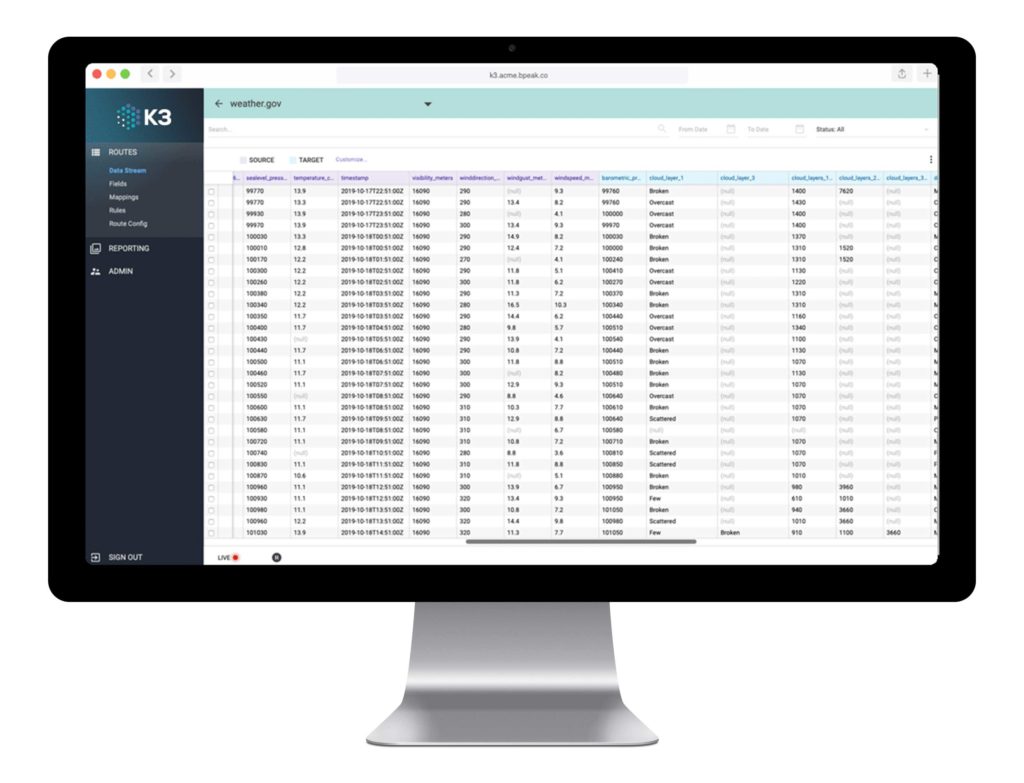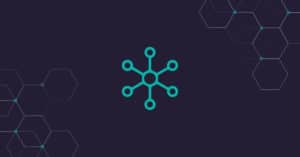Up until recently, the decision of whether to transform data before or while loading it into a data warehouse was simple. If your main concern was data staging and processing, you went with ETL (extract, transform, load). If your organization prioritized data accessibility and storage, you chose ELT (extract, load, transform) you opted for an ELT tool.
Mind Control
K3 for Snowflake leverages the platform’s ability to compartmentalize its processing capacity from its storage function, making it the perfect combination for customers employing K3 for Google Cloud. Like our own brains, Snowflake’s “subconscious” mind keeps track of all the “passive” data reposing in the warehouse. You don’t need it at the moment, but you don’t want to lose it either.
Suddenly, you need to process and make calculations involving a few thousand rows and columns of that dormant data! Snowflake’s conscious mind springs to action, collecting the pertinent information and devoting the necessary digital neurons to K3 data prep and processing.
Snowflake’s subconscious mind keeps track of all the passive data reposing in the warehouse while its conscious mind activates only when you need to process or calculate a selection of that data.
Blurred Lines
That segregation of functions makes the spot where data access ends and data processing begins much less distinct. While Snowflake powerfully incorporates both ETL and ELT, its ability to process and restructure data only when it’s needed keeps costs manageable. Storage, like our own subconscious activities, requires significantly fewer resources than conscious ones.. Performing these functions on data already loaded into Snowflake’s data lake ensures calculations and decisions are always made using the most current, pertinent information.
Snowflake’s processing capabilities emphasizes ELT’s other advantages:
- No waiting for data to be transferred and transformed
- Much lower initial transformation expense
- Access to raw as well as processed data
ETL Is Not Dead
Snowflake’s graying of the area between computing and storing negates many of ETL’s traditional strong suits. But there are still several valid reasons for transforming data before loading it into data lakes controlled by Snowflake ETL:
- ETL cleanses the data as it is being transformed, ensuring it is fully accessible and usable when it arrives.
- Advances have automated ETL coding, freeing IT workers to formulate and implement data strategies.
- ETL allows for more efficient separation of duties. One expert can focus on data transformation while another concentrates on the new system’s K3 data load requirements.
Whichever order you choose for transforming and loading your data, K3-optimized Snowflake integration will put clean, accurate, actionable data at your fingertips. We can design and build your data pipelines and seamlessly align the multiple K3 connectors you need to prepare and migrate data to Snowflake from any source inside or outside your organization.
We would be happy to demonstrate:


Request a Demo
Become a Snowflake ETL Expert and Get Your Data Flowing
Here’s everything you need to know about K3’s data integration services

ETL Versus ELT—Does It Matter?
Data managers and business analysts are often familiar with the term ETL, or or at least broadly aware that it stands for “Extract, Transform, Load.”

K3 Connectors: Prebuilt ETL Adapters
In modern software development, application integrations are king. Your data can do so much more when you leverage the power of other pre-built enterprise apps.

What’s so great about Snowflake? (non-technical)
Non-Technical Demystification of The Largest Software IPO of all Time The hype train is certainly pulling into the station. You may have heard about Snowflake,
K3 Guide
Navigating the pathway to surfacing and making useful data from a myriad of sources can be daunting. Our K3 Guide is here to share best practices, objective insights and modern approaches to solving modern data prep and integration challenges.





